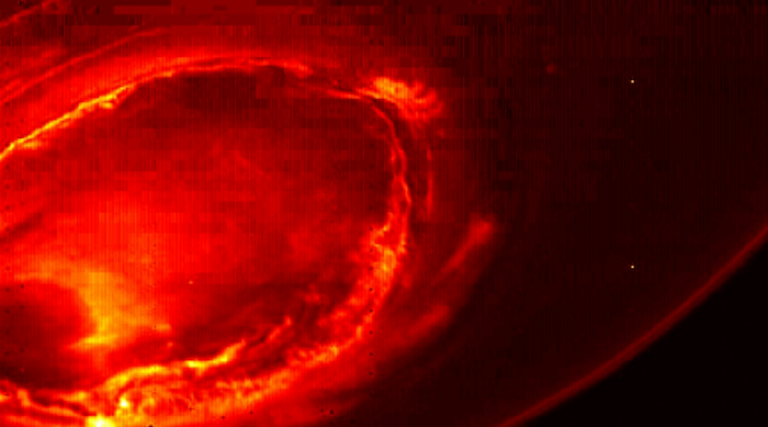Thirty years of H3+ Astronomy
4 August 2020
A Modern Physics Review of 'Thirty years of H3+ astronomy', led by CPS colleagues Professor Steve Miller and Professor Jonathan Tennyson (UCL Physics & Astronomy), has recently been published.

Abstract:
This review covers the work of the three decades since the first spectroscopic identification of the H3+ molecular ion outside of the laboratory in 1988, in the auroral atmosphere of the giant planet Jupiter. These decades have seen the astronomy related to this simple molecular ion expand to such an extent that a summary and evaluation of some 450 refereed articles is provided in the review. This enormous body of work has revealed surprises and illuminated the extensive role played by H3+ in astrophysical environments in our Solar System and beyond. At the same time the physical chemistry and chemical physics of the molecule that has been revealed and studied during this time has proved to be fascinating and enabled high-resolution spectroscopy to benchmark its achievements against equally high-precision calculations. This review includes a brief look at some of the key foundational articles from before the original 1988 Jupiter detection (including the original 1911 ion discharge tube detection by J. J. Thomson and the key laboratory spectroscopy and quantum mechanics calculations on H3+ structure and spectrum). The review explains the original detection and its serendipitous nature and looks at the astronomy that followed, all the way up to the latest results from NASA’s Juno mission. Also covered are the major advances in our understanding of the interstellar medium (known as ISM) that have resulted from the detection of H3+ absorption lines there in 1996. The review closes by examining claims for the ion’s presence in other astrophysical environments and its potential role in the atmospheres of exoplanets and brown dwarfs.
Image
JUNO JIRAM infrared image of Jupiter’s southern aurora. Credit: NASA/JPL-Caltech/SwRI/ASI/INAF/JIRAM
Links
- Thirty years of H3+ astronomy, Steve Miller, Jonathan Tennyson, Thomas R. Geballe, and Tom Stallard; Rev. Mod. Phys. 92, 035003 – Published 3 August 2020.
- Academic profile of Professor Steve Miller
- Academic profile of Professor Jonathan Tennyson
 Close
Close

